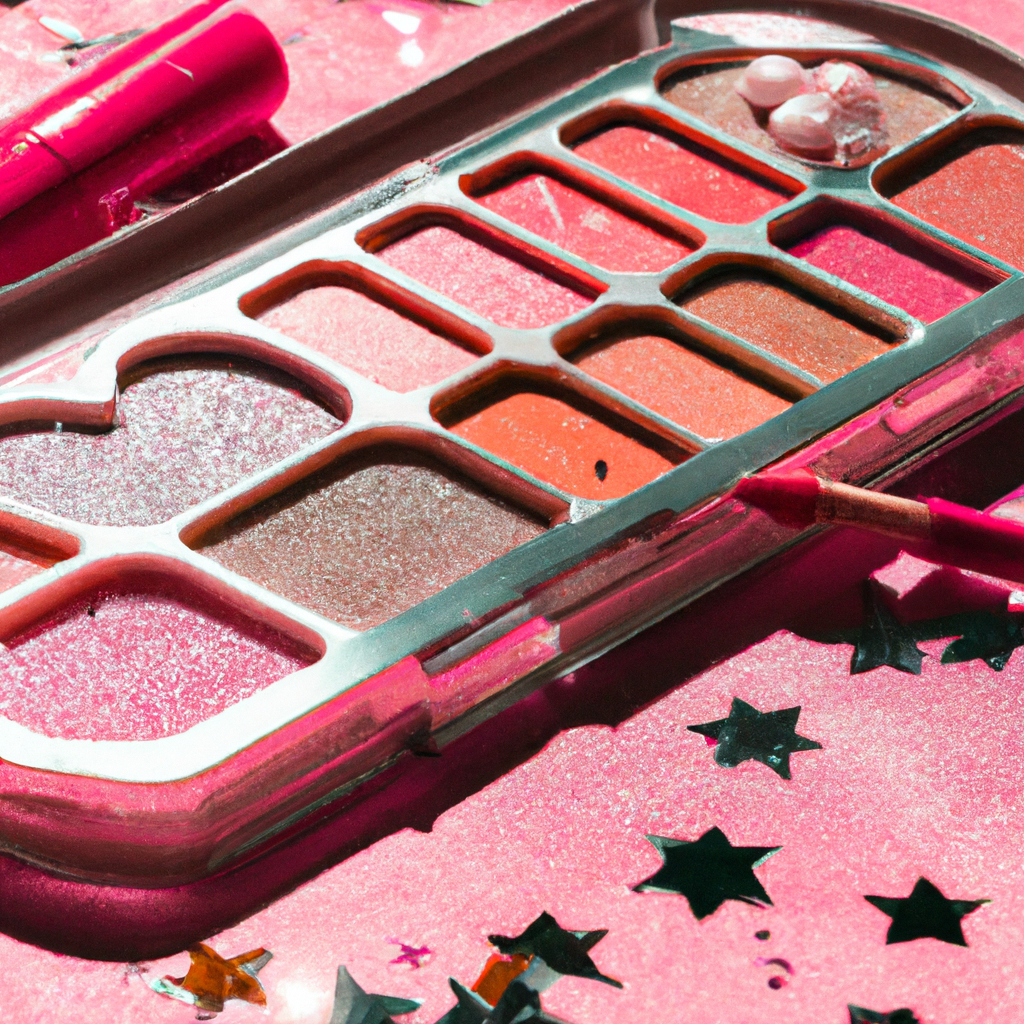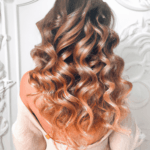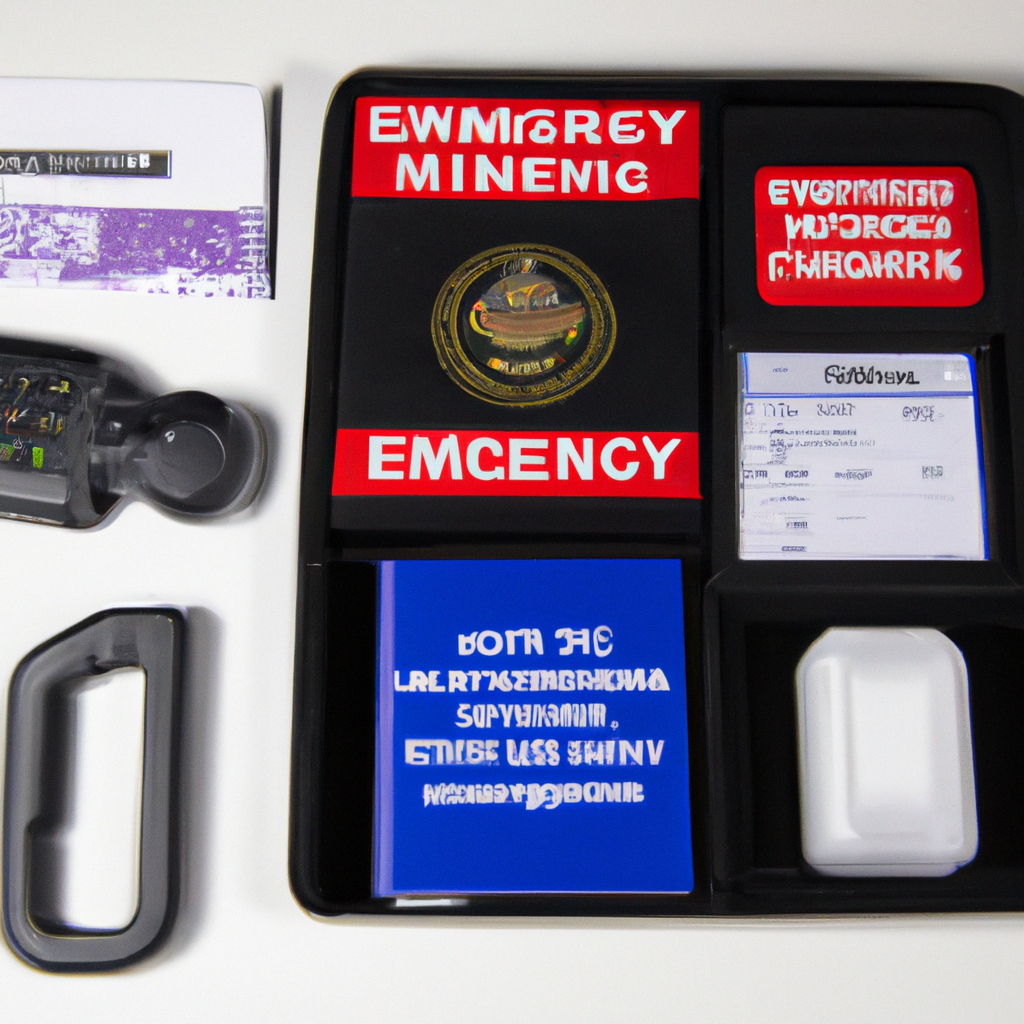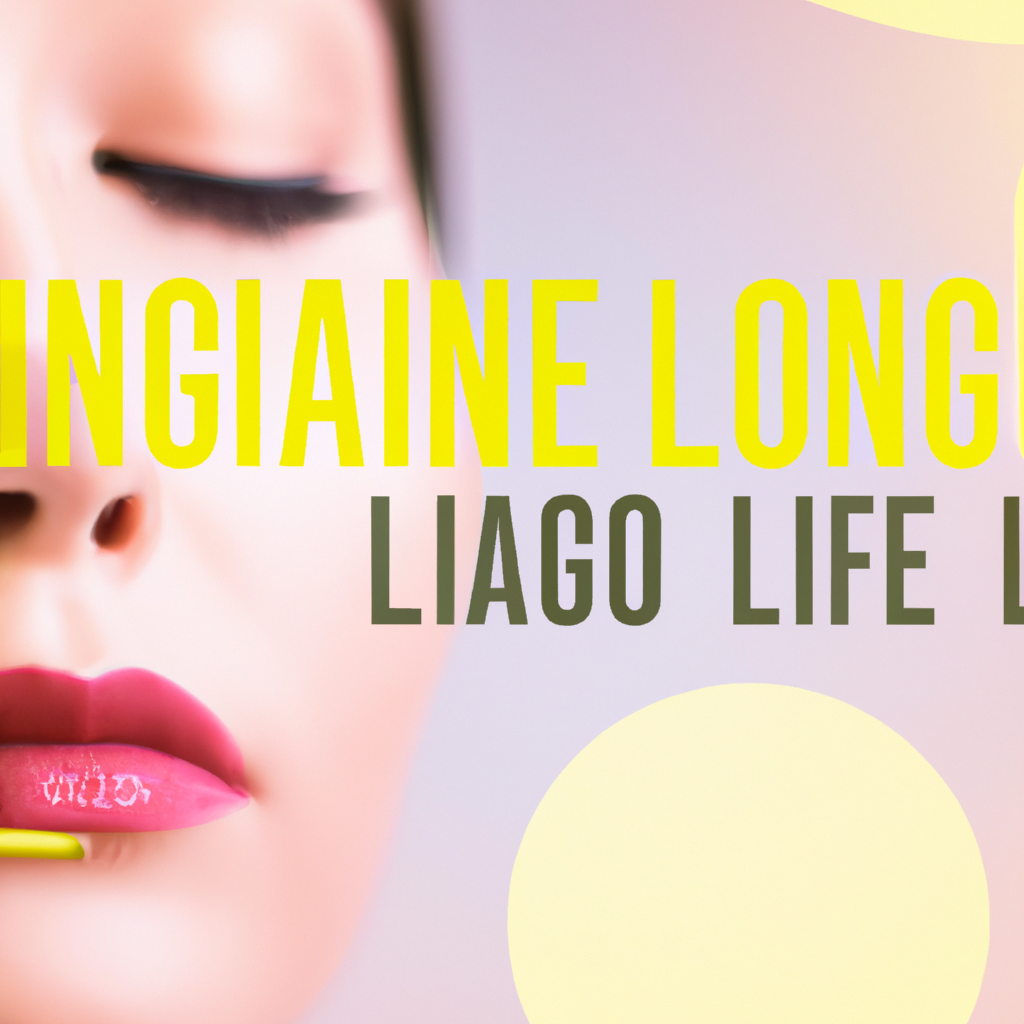Are you preparing for a special event and want to do your own makeup but don’t know where to start? Look no further! This beginner’s guide will give you the confidence and skills to create a stunning look for any special occasion. From choosing the right foundation to mastering the art of applying eyeshadow, we’ve got you covered. Get ready to unleash your inner makeup artist and shine on your special day!
Why DIY Special Event Makeup?
Special events often call for a glamorous and polished look, and doing your own makeup allows you to have full control over the creative process. Not only can DIY makeup save you time and money, but it also gives you the opportunity to bring out your natural beauty and showcase your personal style. Whether you’re attending a wedding, a prom, or any other special occasion, mastering the art of DIY special event makeup can make you look and feel fabulous.
Benefits of DIY Makeup
There are several compelling reasons why DIY special event makeup is a great choice. Firstly, it allows you to personalize your look according to your preferences and style. By doing your own makeup, you have the freedom to experiment with different colors, techniques, and products to achieve your desired outcome.
Additionally, DIY makeup can save you a significant amount of money. Professional makeup artists can be quite costly, especially for special events that require multiple makeup applications. By investing in high-quality makeup products and tools, you can create stunning looks without breaking the bank.
Furthermore, DIY makeup allows you to develop a deeper understanding of your skin type and what works best for you. Through trial and error, you can learn which products and techniques enhance your features and suit your complexion. This knowledge will not only benefit you during special events but also in your everyday makeup routine.
When to Consider DIY Makeup
While DIY special event makeup has its advantages, it may not be suitable for every occasion. If you have limited time or lack confidence in your makeup skills, it might be better to hire a professional makeup artist. They can provide a flawless and long-lasting look, particularly if you’re attending a high-profile event or if you simply prefer to have someone else take care of your makeup.
However, if you enjoy the creative process, have the time to practice and experiment, and want to showcase your makeup skills, DIY special event makeup is a fantastic option. It allows you to express your individuality and create a personalized look that reflects your personality and style.
Understanding Your Skin Type
Before diving into the world of DIY special event makeup, it’s crucial to understand your skin type. This knowledge will guide you in choosing the right products that will work harmoniously with your skin and help you achieve a flawless finish.
Identifying Your Skin Type
There are five main skin types: normal, oily, dry, combination, and sensitive. To identify your skin type, start by thoroughly cleansing your face and leaving it product-free for a few hours. Afterward, observe how your skin feels and looks.
Normal skin feels balanced, with minimal oiliness or dryness. It looks healthy, even-toned, and rarely experiences breakouts or irritation. Oily skin tends to have excess sebum production throughout the day, leading to a shiny appearance and a higher likelihood of acne breakouts.
Dry skin feels tight, especially after cleansing, and often appears flaky or rough. Combination skin is characterized by an oily T-zone (forehead, nose, and chin) and dryness on the cheeks. Lastly, sensitive skin is prone to redness, irritation, and reactions to certain ingredients or environmental factors.
Choosing the right Makeup Products for Your Skin Type
Once you’ve identified your skin type, selecting the appropriate makeup products becomes easier. For normal skin types, most products should work well, but consider opting for moisturizing foundations and lightweight formulas to maintain the skin’s balance.
For oily skin, look for oil-free and non-comedogenic products that help control shine and minimize the risk of breakouts. Matte or semi-matte foundations with oil-absorbing properties will be your best bet.
If you have dry skin, choose hydrating and moisturizing foundations to prevent emphasis on dry patches. Avoid powder-based products as they can further dehydrate the skin and opt for creamy or liquid formulas instead.
Combination skin requires a combination of products. Use oil-free formulas for the T-zone to control shine, while hydrating formulas can be used on the cheeks to prevent dryness.
Sensitive skin requires extra caution when selecting makeup products. Look for hypoallergenic and fragrance-free options to minimize the risk of irritation or allergic reactions. Mineral-based or natural makeup brands are often suitable for sensitive skin types.
Choosing the Right Makeup Tools
Investing in quality makeup tools is just as important as choosing the right products. While it can be tempting to skimp on brushes and applicators, high-quality tools will help you achieve a professional-looking finish and prolong the lifespan of your makeup products.
Importance of Quality Makeup Tools
Quality makeup tools are essential for seamless application and blending. Cheap or low-quality brushes can shed bristles, create streaks on the skin, and compromise the overall outcome of your makeup look. High-quality brushes, on the other hand, have densely packed bristles that ensure even distribution of product, resulting in a flawless finish.
Additionally, investing in quality tools will save you money in the long run. While they may be more expensive upfront, their durability and efficiency make them a cost-effective choice. Good brushes and applicators can last for years with proper care, ensuring a smoother and more enjoyable makeup application experience.
Choosing Brushes and Applicators
When it comes to brushes, there are several essential ones to consider. A foundation brush or sponge is crucial for achieving a seamless base, while a fluffy powder brush is essential for setting your makeup. Blending brushes are versatile and can be used for eyeshadow application and blending.
For more precise application, invest in a few eye brushes, such as a flat shader brush for packing on color, a pencil brush for detailed work, and a fluffy blending brush for seamless transitions. A blush brush is essential for applying blush and bronzer, while a lip brush ensures precise and controlled lipstick application.
In addition to brushes, consider investing in applicators such as a beauty blender or a makeup sponge. These tools are particularly useful for blending foundation and concealer, ensuring a natural and airbrushed finish.
Proper Cleaning and Storage of Makeup Tools
Regular cleaning and proper storage of your makeup tools are essential for maintaining their quality and prolonging their lifespan. Brushes and sponges should be cleaned at least once a week to remove bacteria, product buildup, and oils.
To clean brushes, use a gentle brush cleanser or a mild shampoo and lukewarm water. Gently swirl the bristles in the soap, rinse thoroughly, and reshape the bristles while damp. Avoid submerging the entire brush, as this can damage the handle and loosen the bristles.
Sponges can be cleaned by dampening them, applying a small amount of soap or cleanser, and squeezing them several times to remove product buildup. Rinse thoroughly until the water runs clear, and allow them to air dry in a well-ventilated area.
When it comes to storage, ensure that your brushes are stored upright or in a brush holder to maintain their shape and prevent damage to the bristles. Sponges should be stored in a clean, dry area to avoid moisture buildup.
Basic Principles of Makeup Application
To achieve a flawless special event makeup look, it’s important to understand the basic principles of makeup application. These fundamental techniques will guide you in creating a beautiful and cohesive look that enhances your features.
Color Matching
One of the most crucial aspects of makeup application is color matching. This involves selecting shades that complement your skin tone and highlight your natural beauty. When choosing foundation, concealer, eyeshadow, blush, and lipstick, consider your skin’s undertone.
If you have warm undertones, opt for shades with yellow or golden undertones. For cool undertones, choose shades with pink or blue undertones. Neutral undertones can generally wear a wide range of shades, but look for products with a balanced mix of warm and cool tones.
When selecting eyeshadow colors, consider your eye color as well. Complementary shades can make your eyes pop and create a harmonious look. Experiment with different color combinations to find what works best for you.
Applying Foundation
Foundation is the base of any makeup look, and applying it correctly is crucial for a flawless finish. Begin by prepping your skin with moisturizer and primer to create a smooth canvas. Use a foundation brush or sponge to apply a small amount of foundation to the center of your face and blend outward.
Focus on areas that need more coverage, such as redness, blemishes, or dark spots. Use a light hand and build up the coverage gradually to achieve a natural and seamless look. Blend the foundation into your hairline, jawline, and neck to ensure a uniform color.
If necessary, use concealer to further conceal imperfections and brighten under-eye circles. Apply it in a triangular shape under your eyes and blend it seamlessly with your foundation.
Blending Techniques
Blending is the key to achieving a professional-looking makeup application. Whether it’s blending foundation, eyeshadow, or blush, seamless transitions between colors create a polished and cohesive look.
When blending eyeshadow, start with a transition shade in the crease to create depth and dimension. Use a fluffy blending brush in windshield wiper motions to blend the color seamlessly. Build up the intensity gradually and blend each shade together to avoid harsh lines.
For blush and bronzer, use a light hand and tap off any excess product before applying it to your skin. Blend the color upward and outward using circular motions to create a natural flush or a subtle contour.
Remember, practice makes perfect when it comes to blending techniques. Experiment with different brushes, blending motions, and amounts of product to find what works best for you.
Creating a Flawless Base
Creating a flawless base is crucial for a long-lasting and photogenic makeup look. By incorporating these steps into your routine, you can achieve a smooth and even base that serves as the perfect canvas for the rest of your makeup.
Applying Primer
Primer is a game-changer when it comes to ensuring your makeup stays in place throughout the day. It creates a smooth and even surface, blurs imperfections, and extends the longevity of your foundation.
Start by applying a small amount of primer all over your face, focusing on areas where you have enlarged pores, texture, or fine lines. Gently pat the primer into your skin, allowing it to absorb for a few minutes before proceeding with your foundation.
Using Correctors and Concealers
Correctors and concealers are essential for camouflaging any imperfections and creating an even skin tone. Correctors are designed to neutralize specific discolorations, such as redness, dark circles, or hyperpigmentation, before applying your foundation.
Choose corrector shades that complement your skin concerns. For example, green correctors balance out redness, peach or orange correctors counteract dark circles, and lavender correctors brighten dull or sallow skin.
After applying correctors, follow up with concealer to further camouflage any remaining imperfections. Choose a shade that matches your skin tone or is slightly lighter for under-eye concealing. Apply concealer sparingly and blend it seamlessly with your foundation for a natural finish.
Setting Your Makeup
Setting your makeup is essential for enhancing its longevity and preventing creasing or smudging. Once you have applied your foundation and concealer, lightly dust a translucent powder all over your face using a fluffy powder brush or a powder puff.
Focus on areas that tend to get oily, such as the T-zone, to control shine throughout the day. For a more long-lasting finish, consider using a setting spray after applying your powder. Mist the spray evenly over your face, allowing it to dry naturally and set your makeup in place.
Remember to use a light hand when applying powder and setting spray to avoid a cakey or heavy look. The goal is to lock in your makeup without compromising its natural appearance.
Perfecting Your Eyes
Your eyes are often the focal point of any special event makeup look. With the right products, techniques, and attention to detail, you can create stunning eye looks that enhance your natural features and make a statement.
Choosing Eyeshadows
When choosing eyeshadows for special event makeup, consider the color scheme that complements your outfit and eye color. Neutral shades are versatile and can be easily worn with any outfit, while vibrant and bold shades can make a statement and add excitement to your look.
Invest in a good eyeshadow palette that offers a variety of shades and finishes. Matte shades can be used for creating depth and defining the crease, while shimmery or metallic shades can be used on the lid to add dimension and shine.
Experiment with different eyeshadow combinations, such as the classic smoky eye, a soft and natural look, or vibrant and colorful looks, to find what suits you best. Remember to blend your eyeshadows seamlessly to avoid any harsh lines.
Mastering the Art of Eyeliner
Eyeliner can transform your eye shape, add definition, and make your lashes appear thicker. Whether you prefer a bold cat eye or a subtle flick, mastering the art of eyeliner is key to achieving a polished eye look.
Start by selecting the right type of eyeliner for your desired outcome. Pencil eyeliners offer more control and are great for beginners, while liquid eyeliners provide a precise and bold line. Gel or cream eyeliners give you a smooth and long-lasting finish.
When applying eyeliner, support your elbow on a flat surface to steady your hand and create a smooth line. Begin with small strokes and gradually connect them to create a seamless line. For a winged eyeliner, outline the shape first and then fill it in gradually to avoid mistakes.
Applying Mascara
Mascara is an essential step in any eye makeup routine as it enhances your lashes and adds a finishing touch. Before applying mascara, curl your lashes using an eyelash curler to open up your eyes and create a lifted look.
When it comes to choosing a mascara, consider your desired effect. Lengthening mascaras provide elongated lashes, volumizing mascaras add thickness, and curling mascaras enhance the curl of your lashes.
To apply mascara, start at the base of your lashes and wiggle the wand back and forth as you move upward. This technique ensures that each lash is coated evenly and helps create volume. Apply multiple coats if desired, building up the intensity gradually and allowing each coat to dry before applying the next.
Defining Your Eyebrows
Well-defined eyebrows frame the face and complete any eye makeup look. Follow these steps to achieve beautifully shaped and filled-in eyebrows.
Start by determining your eyebrow shape. Use a brush or a pencil to align it vertically against the outer corner of your nose and inner corner of your eye. The point where the brush or pencil intersects your eyebrow is the ideal starting point. Then, align the brush or pencil diagonally from the outer corner of your nose to the outer corner of your eye to find the arch of your brow. Lastly, align it diagonally from the outer corner of your nose to the outer corner of your eye to determine the brow’s end.
With the help of an eyebrow pencil or powder, fill in your brows using light strokes that mimic the direction of your hair growth. Start by outlining the shape of your brows, focusing on the bottom line, and then fill in the empty spaces. Use a spoolie brush or a clean mascara wand to blend and soften the color for a natural appearance.
Highlight and Contour
Highlighting and contouring are techniques that can enhance your facial features, create dimension, and add a glamorous touch to your special event makeup look. By understanding these techniques and choosing suitable products, you can achieve a beautifully sculpted face.
Basic Techniques of Highlighting
Highlighting involves using a lighter shade of makeup to draw attention to specific areas of the face, such as the cheekbones, brow bone, and the bridge of the nose. This technique adds dimension and creates a fresh and radiant appearance.
When choosing a highlighter, opt for shades that complement your skin undertone. Pearl or champagne shades work well for cooler undertones, while gold or bronze shades suit warmer undertones. Apply highlighter lightly using a small brush or your fingertips, focusing on the high points of your face, such as the tops of your cheekbones, the cupid’s bow, and the center of your forehead.
Learning Proper Contouring
Contouring is the art of using a darker shade of makeup to create shadows and define specific areas of the face. It can give the illusion of a slimmer nose, chiseled cheekbones, and a more sculpted jawline.
Choose a contour shade that is a few shades darker than your natural skin tone but still looks natural. Apply it along the hollows of your cheeks, blending it carefully to create a shadow effect. You can also contour the sides of your nose, the temples, and the jawline to enhance and define these areas.
When contouring, blend the product well to avoid any harsh lines. Use a fluffy brush or a damp sponge to seamlessly blend the contour shade with your foundation and highlighter for a natural and sculpted look.
Choosing Highlight and Contour Shades
When selecting highlight and contour shades, consider your skin undertone and the level of intensity you prefer. For cooler undertones, opt for highlight and contour shades with ashy or cool undertones. Warmer undertones suit highlight and contour shades with golden or bronze undertones.
Additionally, consider your skin tone and how intense or subtle you want your highlight and contour to be. Fair skin tones may opt for lighter shades to create a more natural look, while deeper skin tones can experiment with richer and more intense shades for a bold and dramatic effect.
It’s important to note that highlight and contour should be subtle and blend seamlessly with your foundation for a natural appearance. Practice and experimentation will help you find the perfect shades and techniques that best flatter your features.
Finishing Touches
Once you have mastered the basic techniques of special event makeup application, it’s time to add the finishing touches that complete your look. The following steps will help you choose and apply the final touches to create a polished and cohesive appearance.
Choosing and Applying Lipstick
Lipstick is an essential component of any special event makeup look as it enhances the lips and adds a pop of color. When selecting a lipstick shade, consider the overall color scheme of your makeup, your skin undertone, and the occasion.
For a classic and sophisticated look, opt for neutral or rosy shades that complement your natural lip color. If you’re feeling bold and want to make a statement, vibrant reds, plums, or berries can add drama and personality to your look.
To apply lipstick, start by outlining your lips with a lip liner that matches your lipstick shade. This will define your lip shape and prevent bleeding or smudging. Then, fill in your lips with the lipstick using a lip brush or directly from the tube. Blot your lips gently with a tissue to remove any excess product and ensure longevity.
Using Blush and Bronzer
Blush and bronzer are essential for adding a healthy and youthful flush of color to your special event makeup look. Blush creates a natural and rosy look, while bronzer adds warmth and a sun-kissed glow.
When selecting a blush shade, consider your skin undertone. Cool undertones suit rosy or pink shades, while warm undertones are complemented by peachy or coral shades. Apply blush to the apples of your cheeks using a blush brush, blending it lightly and gradually for a natural and flushed appearance.
Bronzer should be applied in the areas where the sun naturally hits your face, such as the temples, cheekbones, and jawline. Use a fluffy bronzing brush and apply the product lightly, building up the color gradually for a natural and well-blended finish. Remember, less is often more when it comes to bronzer, so start with a light hand and add more product if needed.
Setting and Finishing Sprays
To ensure your special event makeup stays in place throughout the day or night, setting and finishing sprays are essential. These sprays help lock in your makeup, enhance its longevity, and create a seamless and polished look.
Setting sprays should be applied after you’ve finished your makeup application. Hold the bottle at arm’s length and mist it evenly over your face, allowing it to dry naturally. This will lock in your makeup, control shine, and ensure it withstands any dancing, sweating, or humidity.
Finishing sprays are similar to setting sprays but often offer additional benefits such as radiance, hydration, or oil control. Choose a finishing spray according to your skin’s needs and desired appearance. Apply it after your setting spray has dried to add a final touch of perfection to your special event makeup.
Practicing Safe Makeup Habits
While DIY special event makeup can be a fun and empowering experience, it’s important to prioritize safety and hygiene. By following these guidelines, you can ensure a safe and enjoyable makeup application process.
Avoiding Shared Makeup
Sharing makeup products, especially eye products such as mascara and eyeliner, can lead to the spread of bacteria and eye infections. It’s crucial to avoid using someone else’s makeup or allowing others to use yours. Invest in your own products and encourage others to do the same.
If you need to use shared makeup for a special event, such as a wedding or a photo shoot, consider using disposable applicators or cleaning the products thoroughly before and after use. This will help minimize the risk of contamination and ensure a safe makeup application.
Ensuring Makeup is Not Expired
Makeup products, like any other beauty products, have an expiration date. Expired makeup can harbor bacteria and may cause skin irritation or infections. To ensure your safety, regularly check the expiration dates on your makeup products and toss any that have expired.
Additionally, pay attention to any changes in texture, scent, or color of your makeup products. If they appear different or develop an unpleasant smell, it’s best to replace them. Storing your products in a cool and dry area away from direct sunlight can help prolong their freshness.
Proper Makeup Removal
Just as important as the makeup application process is the proper removal of makeup. Leaving makeup on overnight can clog pores, cause breakouts, and lead to skin irritation. To maintain healthy and radiant skin, follow a thorough makeup removal routine.
Start by using a gentle makeup remover or cleansing oil to dissolve and remove your makeup. Focus on areas that tend to accumulate more product, such as the eyes and lips. Follow up with a gentle cleanser to remove any remaining traces of makeup and impurities.
After cleansing, use a toner to balance your skin’s pH level and prepare it for the next steps in your skincare routine. Finish with a moisturizer to hydrate and nourish your skin, allowing it to repair and rejuvenate overnight.
Advanced Tips and Techniques
Once you have mastered the basics of DIY special event makeup, embrace your creativity and explore advanced tips and techniques to take your skills to the next level. The following suggestions will help you expand your repertoire and keep up with the latest makeup trends:
Experimenting with Different Looks
Don’t be afraid to step out of your comfort zone and experiment with different makeup looks. Whether it’s a bold smokey eye, a vibrant lip color, or a glittery finish, trying new techniques and products will help you discover what works best for you and showcase your unique style.
Look for inspiration from makeup artists, beauty bloggers, and social media platforms to stay up to date with the latest trends and techniques. Practice these looks before the special event to ensure you’re confident in executing them flawlessly.
Staying Current with Makeup Trends
The world of makeup is constantly evolving, with new trends emerging regularly. Stay current with the latest makeup trends by following beauty influencers, reading beauty blogs, and watching makeup tutorials. This will keep your skills fresh and ensure you’re up to date with the latest techniques and products.
Remember, makeup trends are meant to inspire and spark creativity, but they don’t define your personal style. Adapt trends to suit your preferences and always prioritize what makes you feel confident and beautiful.
Building Your Confidence with Practice
Like any skill, practice is key to improving your makeup application techniques and building your confidence. Set aside time to experiment with different products, techniques, and looks. Practice creating different eye looks, perfecting your foundation application, or mastering winged eyeliner.
Through practice, you’ll become more familiar with your products, tools, and what works best for your features. Over time, you’ll gain confidence in your abilities and feel more comfortable creating stunning DIY special event makeup looks.
Remember, confidence is the ultimate accessory, and with enough practice, you’ll become a DIY special event makeup pro in no time. So embrace your creativity, have fun with makeup, and let your unique beauty shine at every special occasion.







